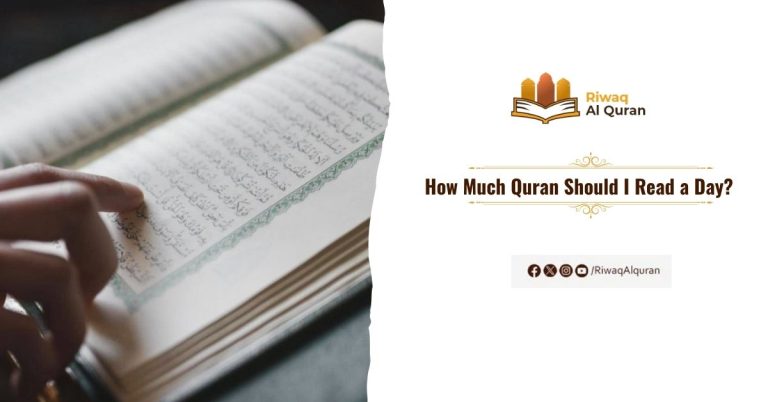There are 28 letters in total in the Arabic alphabet for the Arabic Sun and Moon letters. These letters are divided into two groups exactly. One of them is the sun letters (حروف شمسية) and the other is the moon letters (حروف قمرية).
Before we discuss the Arabic Sun and Moon letters, let’s have a quick revision of the kinds of articles first as it is one of the basic grammatical knowledge of definite and indefinite articles in Arabic and can make the entire topic way easier.
Table of Contents
Types of Articles in Arabic
There are two kinds of articles in Arabic. One is called “Nakirah” and the other is “Ma’rifah”. These terms are defined as definite and indefinite articles in English.
The indefinite article “Nakirah”
When the words that are Nakirah are said, it is not known what or who is being mentioned clearly. Let’s talk about the salient features of these articles of Nakirah nouns:
- Expresses the word in general terms.
- They end with tanween and they do not have a definite article (ال)
- If you know English, you can compare; Nakirah in Arabic corresponds to nouns used with “a, an” in English.
Example: مُدَرِّسٌ = a teacher
The definite article “Ma’rifah”
- When uttered, it is clearly known who and what they are talking about.
- We can say that Ma’rifah is the opposite of Nakirah.
- These words are prefixed with a definite article ( ال ). Its English equivalent is an example of nouns used with “the”.
Example: اَلْمُدَرِّسُ = the teacher
The reason why we explained the subject of Nakirah and Ma’rifah is that this is one of the basic grammatical knowledge of definite and indefinite articles in Arabic, and in order for us to better understand where the definite article( ال) comes from when talking about the sun and moon letters Arabic rules.
Arabic Sun Letters
As mentioned before, out of the 28 Arabic Sun and Moon letters, there are 14 Sun ones, there are 14. If these letters come after the definite article (ال), the letter (ا) Alif is read by directly connecting it to the sun letter with Shaddah (reading the consonant letter twice).
Someone might ask: what are the 14 sun letters? And the answer is: they are as follows:
Sun letters Arabic examples:
اَلشَّمْسُ ⇨ the sun
اَلرَّجُـلُ ⇨ the man
اَلزَّهْـرَةُ ⇨ the flower
اَلطَّـالِبُ ⇨ the student
Arabic Moon Letters
The other 14 ones out of the 28 Arabic Sun and Moon letters in the Arabic alphabet are called Moon letters (الحروف القمرية). The most important feature of these is that, unlike the sun letters, the letters Alif (ا) and Lam ( ل ) are pronounced clearly.
Moon letters Arabic examples:
الكِتاَبُ ⇨ the book
الأبُ ⇨ the father
الجَمَلُ ⇨ the camel
البِنْتُ ⇨ the daughter, girl
Coding to keep in mind: اَبْغِ حَجَّكَ وَ خَفْ عَقِيمَهُ
The Story behind Their Names
Another piece of information to keep in mind about the rules of sun and moon letters is the reason why these letters are called this way.
The meaning of “Qamar” is “moon” in Arabic. Well, have you ever thought about why these letters are defined as moon letters? The answer will interest you. Just as the stars are clearly visible when the moon is in the sky, the Moon letters also make the Lam Al Tarif (the definite article) visible and clearly pronounced.
As for the sun letters, sun letters make Lam invisible, just as the stars are invisible when the sun rises, so the letter Lam is not pronounced, and the sun letters are pronounced with Shaddah; the sign that comes above the consonant letter that should be read twice in Arabic.
Having finished the explanation of Arabic sun and moon letters as well as the sun and moon letters examples, check this blog for more information about the rules of Laam Shmasiyya and Qamariyyah in Arabic.
Why to Apply the Arabic Sun and Moon Letters
The main reason for applying the rules of Arabic Sun and Moon letters, or any other rule, is to ease the way we pronounce letters. Namely, if you have noticed, your tongue coincides with the back of your teeth when making the sound of the letter Lam Al-Tarif. But when you pronounce a Moon letter, the Makhraj (i.e. the position of the tongue) will be quite far from the position of Lam Al-Tarif.
When reading which have definite articles and start with sun letters, Lam Al-Tarif is not pronounced. It is connected with Shaddah. This is because sun letters are very close to Lam Al-Tarif in Makhraj.
How to Remember Sun and Moon Letters
In this regard, we should first point out that these rules are already self-explanatory. When we say the Arabic name of Sun letters الحروف الشمسية, we can get a clue about which rule to apply in pronunciation.
The letter (ش) is made Shaddah by hiding Lam Al-Tarif. In the word الحروف القمرية, the letter (ق) is read without Shaddah, the letter Lam is pronounced clearly. It gives us information about what kind of rule it is.
Sun and Moon letters examples:
In order to keep these letters in mind, different coding has been made. Two of the most common codings are mentioned below.
The first letters of the words in this couplet memorized for Idghaam Shamsi are the sun letters in Arabic.
تُبْ ثُمَّ دَعْ ذَنْبًا رَمَي زِدْ سُمْعَةً شِمْ صَدْرَ ضَيْفٍ طَابَ ظَنَّ لَهُ نِعَمْ
All the letters of the couplet we have written are the letters of Idhar Qamari:
اَبْغِ حَجَّكَ وَ خَفْ عَقِيمَهُ
Advice on How to Study Arabic Sun and Moon Letters
First, take an Arabic text or a short Surah from the Quran. Underline the rules that we have explained above, name the words that contain Idgham Shamsi and Idhar Qamari, then pronounce these words. If you repeat this work a few times, you will not have any difficulties with the Arabic Sun and Moon letters and their rules.
As we are told in Surah Al-Muzammil: “…and recite the Quran clearly with tartīl (in a distinct and measured tone)”.
So, we should strive to read the Quran in the best way possible. And if this is a beautiful and balanced reading, we should at least know and be able to apply the basic Tajweed rules, such as the Arabic Sun and Moon letters. Indeed, the benefits of learning Tajweed and applying it are numerous!
Conclusion
In this article, we talked about the characteristics of the Arabic Sun and Moon letters and their place in tajweed. Imaam Muhammad Ibn al-Jazari, may Allah have mercy upon him, who is a great scholar in Hadith and the Quran, mentioned in his famous poem about Tajweed, that the application of Tajweed rules is an absolute necessity and that the ones who do not apply these rules will be sinful.
If you want to beautify your reading of the Quran and present your prayers to Allah in the best way you can, do not delay this goal. Perhaps there is some wisdom in the way you are reading this article, and you should finally move on to this field.
If you have any questions about where to start, Riwaq Al Quran Institute is here to help with stable course schedules for permanent learning. You can be decisive in choosing a male or a female teacher and arranging lesson times. Do not miss the opportunity to participate in our lessons wherever and whenever you want!


































